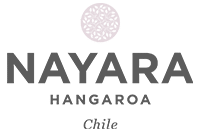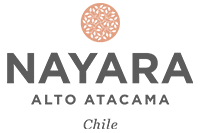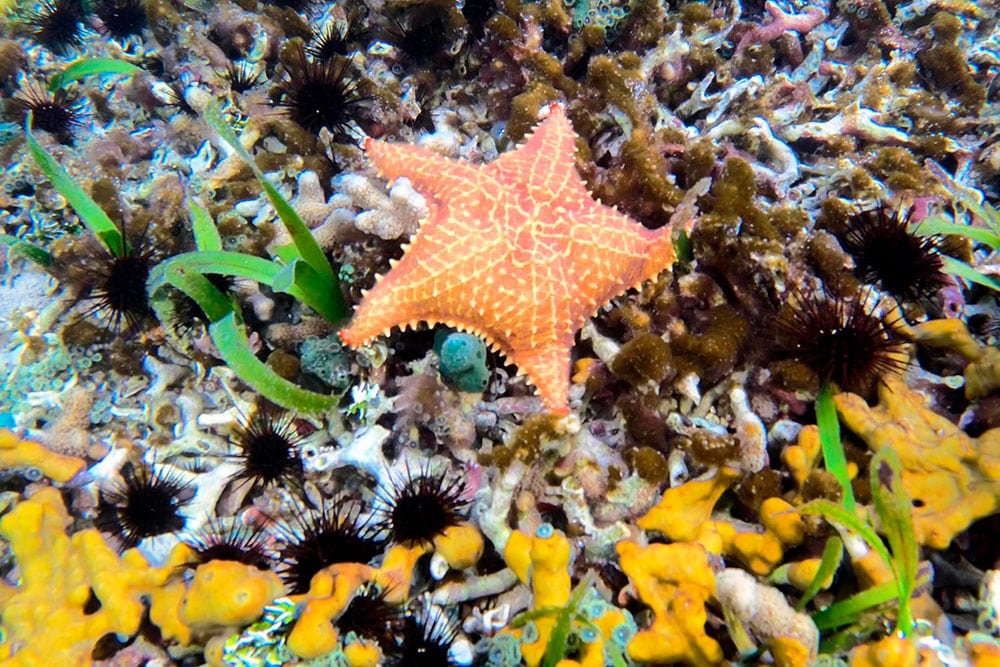Theme Song: “Soak Up the Sun,” Cheryl Crowe
Cover Image Taken in the Crystal-Clear Water in Front of Bocas del Toro Villas – Photo Credit Laabs Creative
If you are bored out of your mind when thinking about environmental sustainability, rainwater catchment basins, solar power, and wastewater treatment systems – skip this chapter. Congratulations, you have reclaimed fifteen minutes of your time. However, if your jam is saving planet earth and think it might be interesting to read an easy-to-understand real-life case study about building an off-the-grid island infrastructure – this chapter is for you.
Sustainable, planet friendly, green, carbon neutral, eco friendly, off-the-grid, and environmentally safe are all buzz words for taking care of our environment in a way that is kind to living things and not compromise future generations. Many hotels and resorts around the world do just enough to check off the box “Eco Lodge”, but few can claim the level of commitment and sustainability when compared with Bocas del Toro in Bocas Del Toro, Panama.
Designing water, power, and wastewater systems for an island feels like designing an off-the-grid infrastructure for a small city. Did we have any idea what we were getting into? No! Were we intimidated? Yes! Our only consolation was that we approached this challenge with a fresh set of eyes, a lack of bias, and common sense (which our world seems to be missing these days).
It all started with a private mangrove island with nine acres of dry land, eighty-eight acres of mangrove, and three miles of Caribbean shoreline with crystal clear waters. With an intense determination to keep it that way, we started by hiring an expert, Dr. Daniel Caceres. Dr. Caceres, a well-known ecologist and college professor, was brought on as a consultant to conduct environmental studies of our island and teach us how to protect and preserve it.

Environmental Studies and Education
Since we purchased the island in December of 2017, we have spent over $100,000 on environmental studies. We are now on our fifth study which will take up to two years to complete. These studies have helped us to place our water villas in areas that do not disturb the coral, replace any mangrove removed with ten times the amount of mangrove plants in other areas of the island, and build on the island without disturbing the natural habitat.
A fascinating component of the studies was environmentalists spending two nights on the island before there were any buildings. They catalogued every living organism on the land and the sea so that we can better understand how to protect everything living on and around our island.
We have learned to keep the island free of garbage and waste, place ocean and coral friendly soaps, hair products, and sunscreens in our guest villas, avoid disturbing the coral with our boats, exercise caution when painting or staining near the sea water, remove any waste accidentally dropped in the water, leave the larger trees on the island, and replace any small ones we remove with more and larger trees.
We are exploring the idea of a coral nursery to improve the many coral reefs around our island. On average, the fastest growing hard corals grow naturally at about the same rate as human hair which is about 10 centimeters a year. Others grow at a much slower rate. In the low stress environment of a nursery, conservationists can grow corals much faster.
Generating Our Power from the Sun
We initially priced a solar solution for the island to provide all our power but decided a price tag of over $1 million USD was more than we could afford. So, we decided to go with a hybrid solution of 60% solar and 40% generator. As the project progressed, we realized that the diesel fuel to operate our generators was the last hurdle to becoming completely sustainable. We recently decided to bite the bullet and go all solar (even though we have enough solar panels and batteries to provide 100% of our power most of the time, the generator is still needed occasionally for short periods.)
This is how the system works. If the sun is out during the day the resort is powered directly from the solar panels. Any excess power generated by the panels is used to fill the batteries. During the times when the sun is not present either during the day or at night the resort is powered by the batteries. If we go too long without sun the generator kicks in to power the resort and fills the batteries with excess power.
Collecting and Purifying Rainwater for Our Drinking Water

During the early planning stages, we envisioned a combination of rainwater and a desalination plant for the sources of our fresh water. The idea was to use purified rainwater as our primary water source and desalinated saltwater from the ocean as a backup. That was until we saw the price of a desalination plant and the energy it would take to run it. Since desalinization was cost prohibitive, we needed to store enough rainwater to last until the next significant rainfall. At first it didn’t seem logical that we could catch that much water and keep enough in storage to supply an entire resort. As it turned out, the fact that we were in a rain forest was our saving grace.
In the end all our freshwater is provided entirely by rainwater including drinking water, shower water, and water for cooking. The rain is harvested from our roofs using large custom gutters and funneled through downspouts to large catchment basins. We have a 90,000-gallon capacity between all our water storage facilities. Our rainwater is purified using advanced ultraviolet purification. Our water tastes so pure that we have jokingly considered selling bottled water from our island throughout Panama using the label “Bocas del Toro Rainwater.”
Engineering Our Wastewater Treatment System

If you have a weak stomach you might want to skip this section.
We were told that it was not possible to use a traditional septic system and drain field on a mangrove island because the brackish groundwater is within inches of the mushy ground level. Engineering an environmentally friendly wastewater treatment system on a mangrove island did prove to be difficult but we believe that we did it the right way.
In the US we use a septic system with a drain / leach field. We had two significant challenges when designing our systems to be somewhat like those in the US. One, we needed to move the waste from the over the water villas and The Elephant House restaurant a long distance to various septic tanks. Two, we had to create a drain field to eliminate waste impurities coming from the septic tanks on an island where the dry land is not so dry.
Our builder came up with an ingenious solution for moving the waste a long distance to the septic systems; commercial toilets that grind the waste and have a built-in pump for pushing the waste to the septic tanks. The toilets work fantastic, and we have not had any issues.
Since we did not have dry land sufficient for a drain field, we have an engineered drain field that is eight foot tall with many layers of sand and rock. The wastewater from the septic tanks travel to the top of the engineered drain field, by the time it reaches the bottom all the impurities have been removed.
Here is how it works. Let’s start at the toilet and follow the poo-poo (that is a Panamanian term) along its journey upstream as if it were a spawning fish (unlike the spawning fish, it does not return). The proposed toilet looks quite ordinary and could even be described as stylish. However, behind the wall is a grinder and pump which liquifies the waste and pumps it through a large diameter PVC pipe to the closest cement holding tank. When the liquids fill to a designated level near the top of the tank a sump pump kicks on and pushes the liquids to the elevated drain field.
Implementing Our Natural Pest Control
We are proud to say that we have effectively eliminated our mosquitoes and sand flies making the island comfortable even for our sunbathing guests.
Most resorts around the world use traditional flogging with chemicals to reduce the bug population. The problem with this is a possible safety hazard for humans and it often kills bugs that are needed in nature. We could not take that chance, so we flew in an entomologist from a firm in Phoenix, Arizona to eliminate our mosquitoes and sand flies in an environmentally friendly way.
They designed an ongoing system that works exceptionally well and, amazingly, only prevents the production of sand fleas, mosquitoes, and house flies. Nothing else in nature is negatively affected. We spray substances like molasses and essential oils to prevent the larva from ever maturing into a bug. We are told that the sprays we are using near people could literally be sprayed on a dinner plate and not harm a human.
Conclusion
Our self-contained island infrastructure all seems relatively straight forward now that it is completed. Funny how that works. But we are proud of our environmental accomplishments so far and hope it encourages others around the world to do the same.
We are not perfect and have made many mistakes along the way. For example, we have two self-composting toilets available in almost-new condition if anyone is interested. We will even throw in a toilet brush at no cost.
Question: Do you have any creative ideas to take our environmental sustainability to the next level?


























Congratulation to you and the entire Bocas del Toro team on the opening of the beautiful off-the-grid, over-water resort!
Your blog on environmental sustainability is extremely interesting, particularly knowing where you started from and where you ended up. It is an awesome example of facing a huge challenge and successfully designing a remarkable solution.
May Bocas del Toro provide a relaxing destination for your guests to “reset” from the hustle and bustle of everyday life, now and for many years to come!